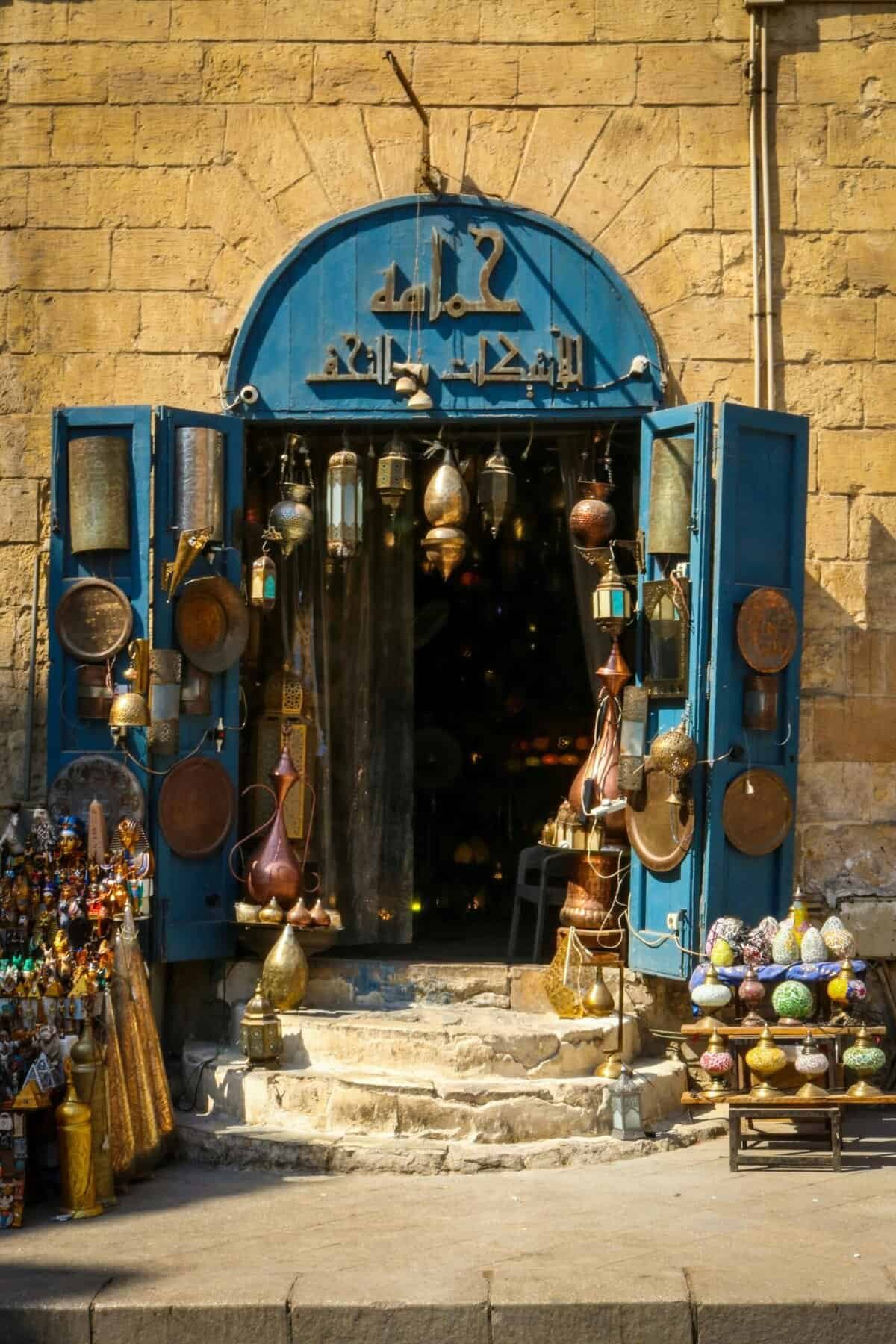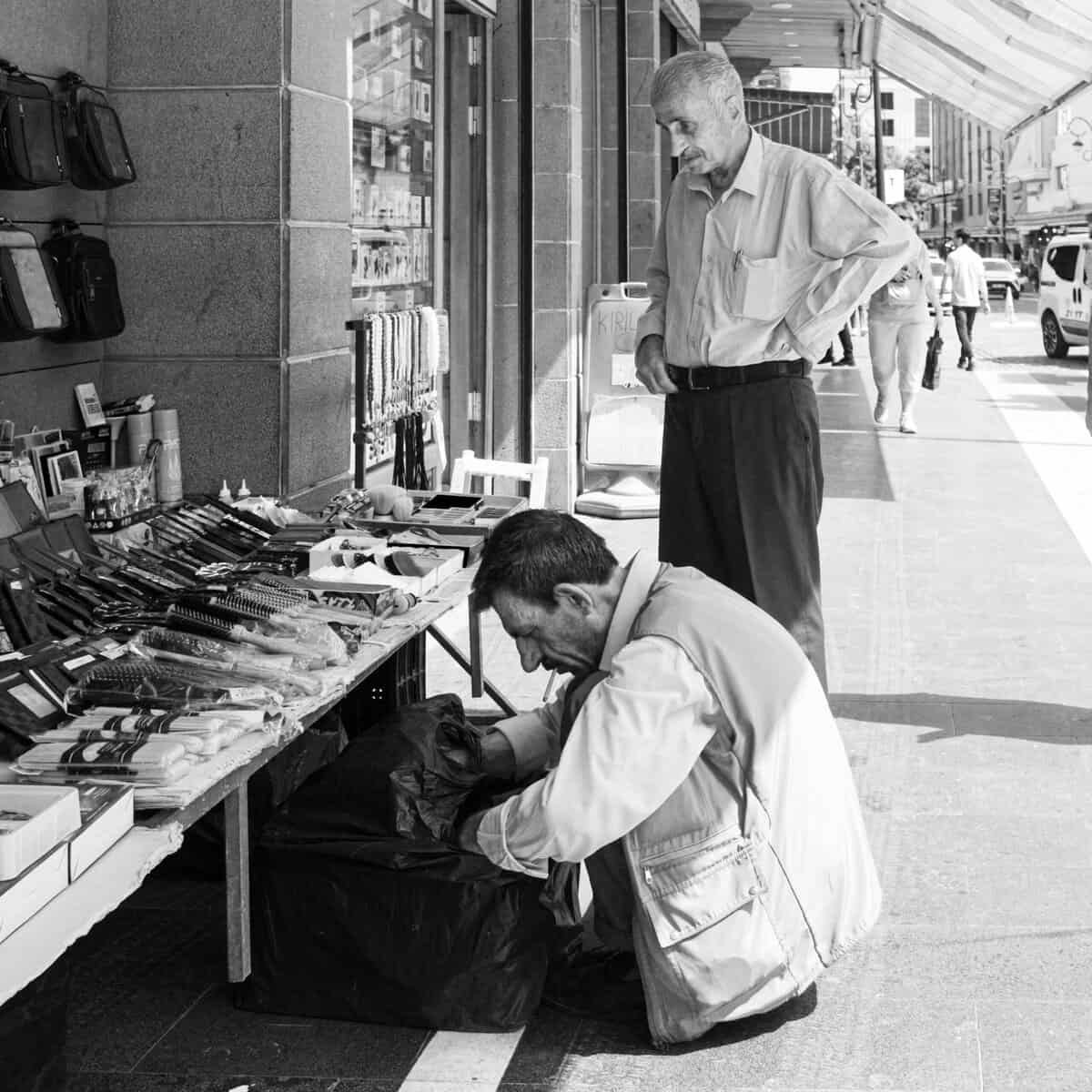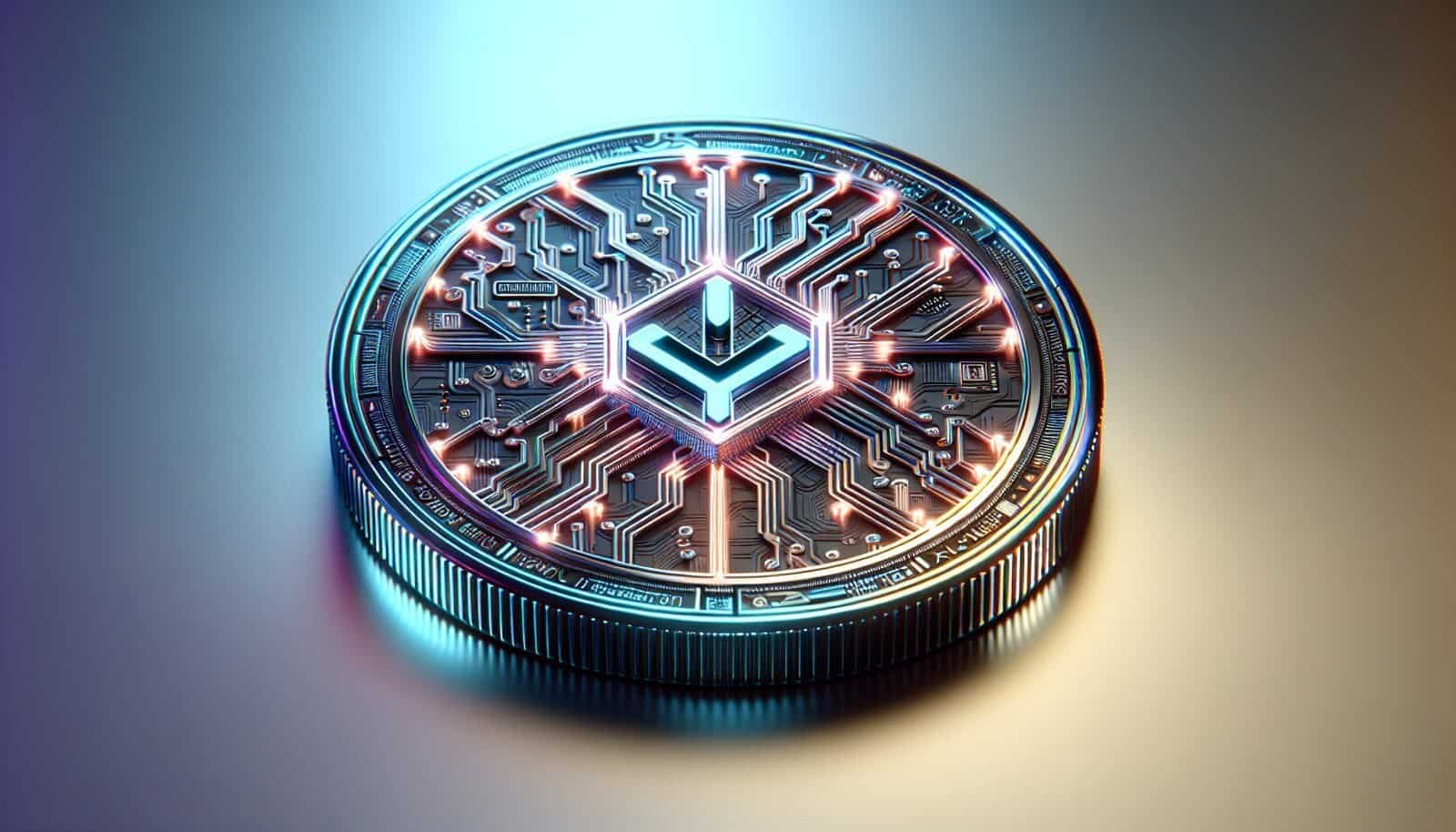Have you been wondering what makes X2Y2 different from other NFT marketplaces and how its expansion across chains might affect your NFT experience?

X2Y2 – A Decentralized NFT Marketplace On Ethereum Expanding To Other Chains
You’re looking at a marketplace that started with a strong emphasis on decentralization, low friction, and community-driven features. X2Y2 began as an alternative to established NFT marketplaces and has focused on bringing a different set of incentives and technical choices to NFT trading. As it expands beyond Ethereum, you’ll see tradeoffs and opportunities related to fees, speed, and community governance.
What X2Y2 aims to be for you
X2Y2 positions itself as a permissionless, protocol-oriented marketplace that reduces centralized control and aligns incentives between users, creators, and token holders. You’ll find features intended to lower barriers to listing and trading, while offering on-chain settlement and community tools designed to return value to participants rather than concentrating it in a single centralized operator.
Background and origins
You’ll want context on how X2Y2 fits into the broader NFT ecosystem. The NFT market has evolved quickly since early marketplaces launched, and X2Y2 appeared as part of a wave of alternatives designed to offer different incentive models and technical choices.
Why alternatives to large marketplaces emerged
You likely noticed that dominant platforms can centralize power over listings, fees, metadata hosting, and policy enforcement. Alternatives like X2Y2 grew out of demand for marketplaces that shift more control to smart contracts and token holders, experiment with fee and reward structures, and respond faster to community preferences.
How X2Y2 differentiated itself early on
From the start, X2Y2 emphasized decentralization, low-fee trading, and community incentive mechanisms. If you’ve followed NFT platforms, you’ll recognize that these choices were intended to attract traders and creators who wanted more transparent economics and governance than a purely centralized marketplace offered.
Key features and functionality
You should understand the core features that determine how you interact with the marketplace, list assets, and receive or pay fees.
On-chain settlement and smart contracts
X2Y2 relies on smart contracts to settle trades on-chain, which means that ownership transfers and funds movement are enforced by code you can inspect on-chain. You’ll get the security benefits of on-chain settlement, but you should also be aware that on-chain activity costs gas on Ethereum mainnet (or equivalent fees on other chains).
Listings, bids, and order types
You can list NFTs for fixed-price sale, accept bids, and participate in auctions when supported. X2Y2 supports signed orders that allow off-chain order creation and on-chain settlement when an order is executed. This hybrid approach often reduces the need for constant on-chain transactions while preserving final settlement on-chain.
Wallets and user experience
You’ll connect with common Web3 wallets (for example, MetaMask or other EVM-compatible wallets). The marketplace experience focuses on giving you quick ways to list, buy, and transfer NFTs while providing access to transaction history and proofs on-chain.
Native token and incentives
X2Y2 has a native token that’s used for platform incentives, governance, and in some cases fee rebates or rewards. If you participate actively, you can engage with token mechanics such as staking, voting, or receiving protocol-level incentives. Always check current tokenomics and incentive programs since these evolve.
Fees, royalties, and economics
You’ll care about how much it costs to trade, how royalties are respected, and how incentives affect price discovery.
Marketplace fees
Platform fee models vary across NFT marketplaces. X2Y2 has historically emphasized low marketplace fees and incentive alignment with traders, but exact fee schedules can change. You should confirm current fees on the official site before trading, because fee percentages, rebates, and promotional periods may be updated.
Creator royalties and enforcement
Royalty enforcement is a contentious topic in the NFT ecosystem. Some marketplaces enforce royalties at the protocol level, while others make royalty payments a matter of marketplace policy. X2Y2 has engaged with this problem space through features designed to balance creator compensation and market liquidity. You should always check the royalty handling policy for each collection you trade.
Incentives and token rewards
If you’re an active trader or liquidity provider, token-based incentives and rewards can materially affect your realized cost of trading. X2Y2’s token mechanics are intended to reward participation and return some value to users. Keep in mind that incentives are temporary by nature—promotions and reward rates can and do change.

Cross-chain expansion: what it means for you
As X2Y2 expands beyond Ethereum mainnet, the marketplace will extend to other chains and scaling layers. This affects fees, speed, and which NFTs you can trade.
Why cross-chain matters
You’ll benefit from the ability to trade NFTs on chains with lower fees and faster finality. Cross-chain expansion allows you to access collections that are native to other EVM-compatible chains and benefit from cheaper transactions. At the same time, multi-chain growth introduces fragmentation—your collections and liquidity can end up spread across chains.
Typical chains and tradeoffs
Most NFT marketplaces expanding off Ethereum start with EVM-compatible chains and Layer 2s such as Polygon, Arbitrum, Optimism, and other rollups or sidechains. You’ll notice these tradeoffs:
- Gas/transaction cost: typically much lower off Ethereum mainnet.
- Finality and security: Ethereum mainnet maintains the highest security model; L2s rely on different security assumptions.
- Liquidity distribution: listings spread across chains may reduce single-chain liquidity concentration.
Table: Chains you may encounter and their general characteristics
| Chain / Layer | Typical fee level | Finality & security | Common tradeoffs |
|---|---|---|---|
| Ethereum Mainnet | High | Highest security | Broadest liquidity, higher cost |
| Polygon (PoS) | Low | Strong but different security model | Cheap tx, some fragmentation |
| Arbitrum / Optimism (rollups) | Low–moderate | Security backed by Ethereum via rollup model | Good balance of cost & security |
| Base / other EVM chains | Low–moderate | Varies by chain | Increasing adoption, ecosystem-specific features |
Cross-chain asset management for you
You’ll need to manage bridges, wrapped tokens, and possibly different contract addresses for the same NFT collection across chains. Check whether collections are truly bridging assets or re-minting representations on other chains. Be careful with cross-chain bridges: they add complexity and security risk.
Decentralization and governance
If you value community control, you’ll want to know how X2Y2 handles governance and decentralization.
Protocol-level decisions and token governance
X2Y2 uses token-driven mechanisms to involve the community in decisions about the protocol, fees, and upgrades. If you hold governance token, you may be able to vote on proposals that affect marketplace behavior, incentives, and protocol upgrades.
Smart-contract ownership and upgrades
Decentralized marketplaces typically aim to minimize centralized control of core contracts. However, many protocols start with administrative keys to enable upgrades and emergency fixes. You should check the contract ownership and upgrade process (multisig, timelocks, or DAO governance) to understand how changes are authorized and how quickly they can be made.

Security, audits, and risk management
You care about how secure the marketplace is, how it handles malicious listings, and how to protect your assets.
Smart-contract audits and bug bounties
X2Y2’s contracts have been reviewed by security professionals and may be subject to audits. Look for publicly posted audit reports and active bug-bounty programs. Audits increase confidence but do not eliminate risk—smart-contract bugs and exploits can still occur.
Common attack vectors you should watch for
You’ll want to be mindful of phishing sites, fake token airdrops, malicious smart contracts that ask for approvals, and rug-pulls in speculative collections. Don’t approve arbitrary contracts to move your NFTs or spend your tokens without verifying intent and source.
Best security practices for you
- Use hardware wallets for higher-value trades.
- Verify contract addresses and collection metadata before interacting.
- Revoke old approvals periodically through approval management tools.
- Beware of social-engineering scams and false announcements.
How to use X2Y2: a practical guide
You’ll find this step-by-step outline helpful if you’re new to the marketplace or expanding to multi-chain usage.
Getting started: connect your wallet
Connect an EVM-compatible wallet (like MetaMask or a hardware wallet) to the X2Y2 interface. Always verify you’re on the official site, and confirm the domain and SSL certificate to avoid phishing.
Browsing and researching collections
Use on-site search, filters, and collection pages to research floor prices, transaction history, and creator info. Look at on-chain activity and recent sales to assess liquidity and market interest.
Buying an NFT
- Confirm the collection contract address.
- Review the specific token’s metadata and provenance.
- Check current gas estimates and fees—especially on Ethereum mainnet.
- Execute a buy or accept a listing; your wallet will prompt you to sign the transaction.
Listing an NFT for sale
- Choose your sale type: fixed-price or auction (if available).
- Set price, duration, and any reserve if the marketplace supports it.
- Be aware of royalty settings and whether they are enforced by the marketplace.
- Approve the marketplace contract to transfer the NFT (this is a one-time approval per collection until revoked).
Accepting bids and offers
You can accept bids placed by other users if the marketplace supports it. Evaluate bid size, buyer reputation, and any potential tax implications before acceptance.
Moving assets between chains
If X2Y2 supports multiple chains, you may need to bridge assets between networks. Use reputable, audited bridges and check each bridge’s timelock, fee, and security model. Understand whether you’re transferring the original asset or a wrapped/bridged representation.

Comparing X2Y2 to other marketplaces
You probably compare platforms before committing. The landscape includes OpenSea, Blur, LooksRare, and specialized marketplaces. Here’s a high-level comparison to give you perspective without promising exact metrics that change frequently.
Table: High-level marketplace comparison
| Feature | X2Y2 | OpenSea | Blur | LooksRare |
|---|---|---|---|---|
| Decentralization focus | High | Moderate | Moderate | High |
| Fee emphasis | Low / incentive-driven | Platform fee + royalties | Pro-market trader focus | Reward-driven |
| Tokenized governance/incentives | Yes | Limited | Yes | Yes |
| Target audience | Community & traders | General buyers & creators | Pro traders | Community & traders |
| Cross-chain expansion | Yes (EVM compatibility) | Broad (various integrations) | Focused on L2s | EVM-focused |
Note: The table is meant to illustrate general positioning and tradeoffs rather than precise, immutable facts. Fee levels, incentive programs, and feature sets can change—always verify current details.
Creator experience and community relations
If you’re a creator, you’ll want to know how X2Y2 treats metadata, royalties, and community building.
Minting and listing as a creator
You can mint directly on supported chains or list pre-existing NFTs. Pay attention to metadata hosting—whether assets use decentralized storage (e.g., IPFS) or centralized hosts—and to how collections are verified on the marketplace.
Royalties and creator compensation
Check the marketplace’s royalty policy for creators. X2Y2 has engaged with community conversations about how to honor royalties while keeping markets liquid. If you’re launching a collection, include clear royalty settings in your contract and communicate them to your community.
Community-building features
You’ll find community and governance tools tied to token mechanics, and some marketplaces also support creator dashboards, analytics, and promotional channels. Use these to communicate roadmap, rarity, and events to collectors.

Liquidity and market dynamics
You’ll want to understand where liquidity comes from and how token incentives affect market behavior.
How incentives shape trading
Liquidity incentives and token rewards can increase immediate trading volume, but they may also create ephemeral demand that vanishes when incentives end. If you’re buying for investment or long-term collecting, look beyond short-term incentive-driven metrics.
Floor price, rarity, and discovery
Marketplaces differ in discovery tools: some highlight trending collections, others emphasize raw order flow for pro traders. Use rarity tools and on-chain histories to evaluate collection fundamentals before purchasing.
Regulatory and legal considerations
As you engage with NFTs, consider jurisdictional and tax implications.
Legal status and compliance
NFT marketplaces operate in a shifting regulatory landscape. Whether NFTs are considered collectibles, securities, or commodities may vary by jurisdiction and by the specifics of the token. You should consult legal and tax advisers for personal guidance.
Taxes and reporting
Trading NFTs can trigger taxable events such as capital gains. Keep detailed records of buys, sells, gas fees, and any bridging-related events to prepare for potential reporting obligations.
Roadmap and future outlook
You’re likely curious about where X2Y2 might head next and how that affects your strategies.
Potential future developments
Expect improvements in multi-chain UX, deeper integrations with Layer 2s, enhanced royalty mechanisms, and increasingly sophisticated governance tools. Marketplaces evolve rapidly as teams respond to user demands and competitive pressures.
What expansion means for you
Cross-chain presence increases your options for lower-cost trades and faster settlements, but it also increases the complexity of tracking provenance and consolidating liquidity. If you’re an active user, plan for multi-chain asset management and adopt portfolio and approval management tools.
Practical tips and best practices
Here are actionable recommendations to keep you safe and help you make better decisions.
Due diligence checklist
- Verify contract addresses and collection metadata.
- Confirm royalty policy and fee structure for the marketplace.
- Review tokenomics and incentive timelines before assuming long-term benefits.
- Use hardware wallets for significant assets.
Security actions you should take
- Revoke unnecessary approvals periodically.
- Bookmark the official marketplace domain and access it directly.
- Maintain separate wallets for trading and cold storage if you manage many assets.
Frequently asked questions (FAQs)
You probably have specific questions—here are answers to common ones.
Is X2Y2 centralized or decentralized?
X2Y2 is designed around decentralized principles and uses smart contracts for trade settlement and token-based governance. However, like many protocols, it may have administrative mechanisms for upgrades during early stages; check current governance details for the latest structure.
Does X2Y2 enforce creator royalties?
Royalty handling varies across marketplaces and has been a debated topic. X2Y2 has worked on mechanisms to address this balance, but you should verify each collection’s royalty enforcement status and how the marketplace implements royalties at the time you trade.
Can you trade X2Y2 NFTs on multiple chains?
As X2Y2 expands, it supports trading across multiple EVM-compatible chains and Layer 2s. When trading across chains, be mindful of whether assets are bridged representations or native tokens and the associated security implications.
How do token incentives affect price?
Incentives can increase short-term trading and volume but they don’t necessarily reflect long-term demand for a collection. If you hold tokens or participate in incentive programs, track vesting schedules and reward rates.
Conclusion: how X2Y2 affects your NFT journey
If you use X2Y2, you’ll experience a marketplace that prioritizes decentralization, community incentives, and cross-chain options. That brings advantages—lower fees on non-Ethereum chains, tokenized governance, and a protocol-level focus—but also requires you to manage more complexity, such as bridging assets, tracking multi-chain liquidity, and staying on top of evolving royalty policies.
As you navigate this space:
- Do your research on collections and contracts.
- Use security best practices.
- Understand token incentives and their timelines.
- Prepare for multi-chain asset management if you intend to use platforms that expand beyond Ethereum.
Your experience on X2Y2 will depend on how actively you engage with governance, how carefully you evaluate collections, and how well you manage the operational complexity of multi-chain NFT ownership. Keep informed—protocols move fast—and adjust your strategies as the marketplace and wider ecosystem mature.
